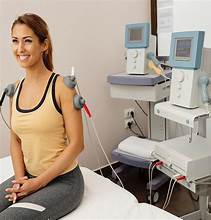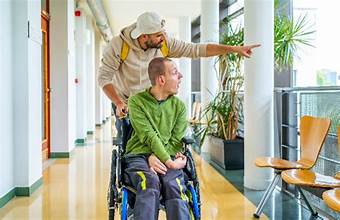Living with chronic pain can be challenging for anyone, but for those with neuromuscular disorders, pain is often an everyday reality. These conditions—such as muscular dystrophy, multiple sclerosis, or ALS—test the resilience of individuals, affecting how the nerves and muscles communicate, leading to weakness, stiffness, and persistent discomfort. While there’s no one-size-fits-all solution, there are ways to manage symptoms, reduce pain, and maintain a fulfilling life.
Understanding Chronic Pain in Neuromuscular Disorders
Chronic pain in neuromuscular disorders can stem from several sources, including:

- Muscle Weakness: Causes strain on surrounding muscles and joints.
- Nerve Damage: Creates burning, tingling, or sharp pains.
- Muscle Spasms or Stiffness: Common in disorders that affect motor control.
- Postural Strain: Weak muscles may cause imbalances that lead to back, neck, and joint pain.
Because the pain can vary from person to person, a thorough diagnosis and individualized treatment plan are essential.
Treatment and Pain Management Strategies
1. Medications
- Pain Relievers: NSAIDs or acetaminophen for mild discomfort.
- Muscle Relaxants: Help ease spasms.
- Anticonvulsants or Antidepressants: Sometimes prescribed for nerve-related pain.
2. Physical Therapy
A trained therapist can teach gentle stretching, mobility exercises, and posture correction techniques to reduce pain and improve daily function.

3. Occupational Therapy
Helps individuals adapt their home and work environments to reduce strain and promote independence.
4. Alternative and Complementary Therapies
- Acupuncture
- Massage therapy
- Hydrotherapy (water-based exercises)
5. Lifestyle Adjustments
- Energy Conservation: Break tasks into manageable steps with rest in between.
- Adaptive Equipment: Braces, mobility aids, or ergonomic tools can help alleviate pain caused by overuse.
Emotional and Mental Health Support
Living with chronic pain isn’t just a physical challenge—it’s an emotional one too. Depression, anxiety, and frustration are common, but the availability of counseling, support groups, and mindfulness techniques underscores the care and support available, providing much-needed relief and connection.
Staying Proactive About Your Health
While there may be no cure for many neuromuscular disorders, consistent self-care and regular medical follow-ups are crucial. These follow-ups can help monitor the progression of the disorder, adjust treatment plans, and address any new symptoms or concerns that may arise. This proactive approach can slow progression, reduce pain, and improve quality of life. Listening to your body, pacing your activities, and communicating openly with your healthcare team are essential steps in managing pain effectively.




